SEO, done well, involves much more than optimizing for keywords. To dominate the SERPs, own what sets you apart, understand how it maps to what users want, and think outside of the box (and off the page).
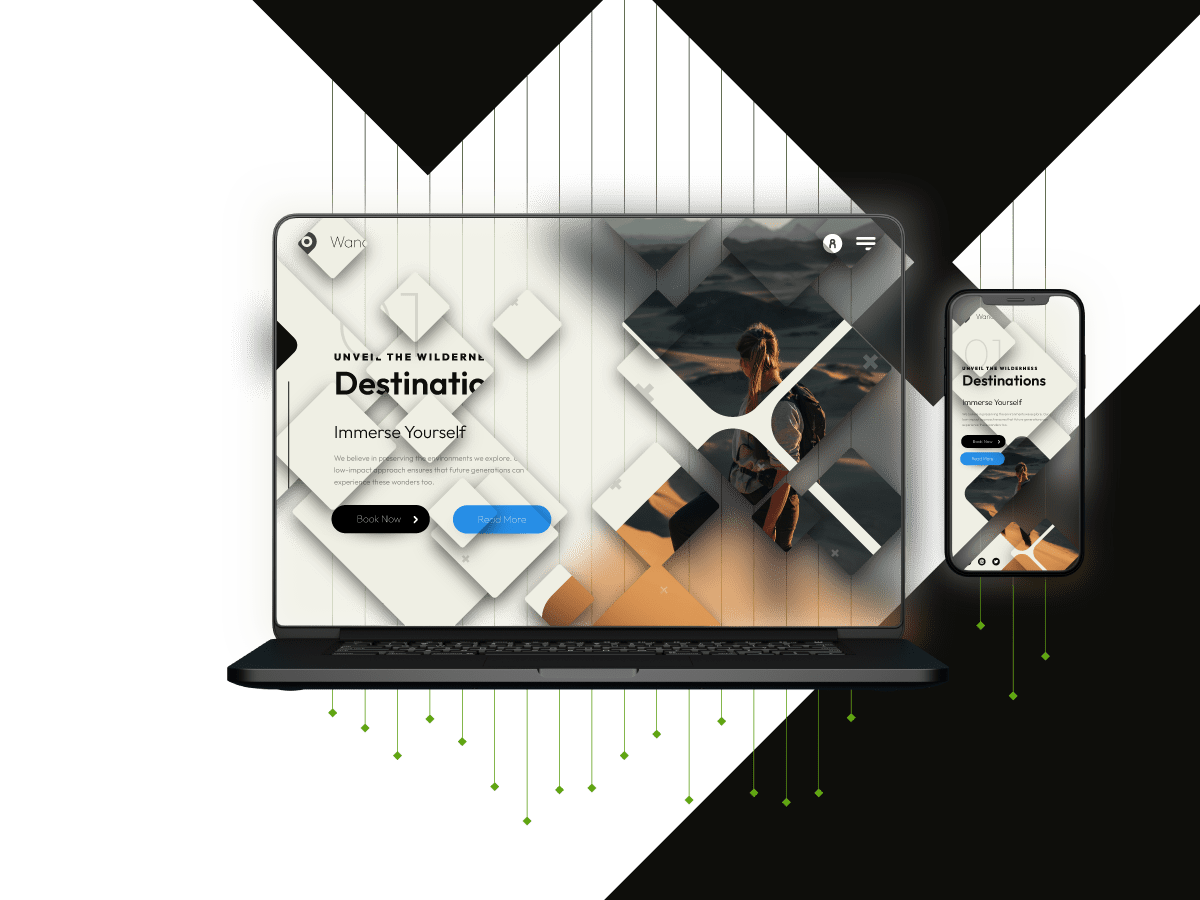
Claim your throne with SEO strategies that reinforce your unique value.
Command more authority in the eyes of search engines to command more authority in the eyes of consumers.
Make people know your name. Own the coveted top spots for relevant terms across search platforms and boost your awareness organically.
Optimized organic search means high-value, qualified traffic that helps you reduce paid channel spend.
Don’t be a wallflower. Be a star. Google sees about 8.5 billion searches a day and Microsoft Bing boasts 50 million US users monthly. By optimizing your website content, structure, and HTML elements, we can help you amplify your search engine visibility and stand apart in your industry.
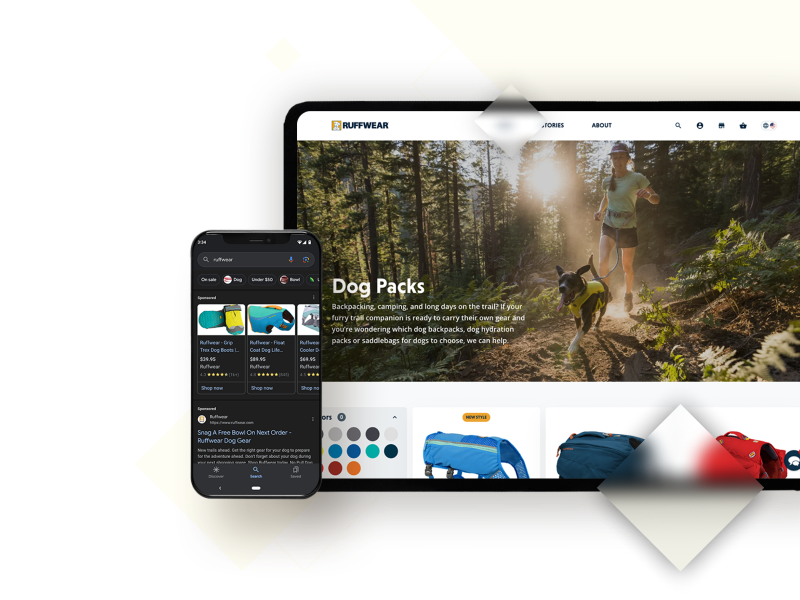
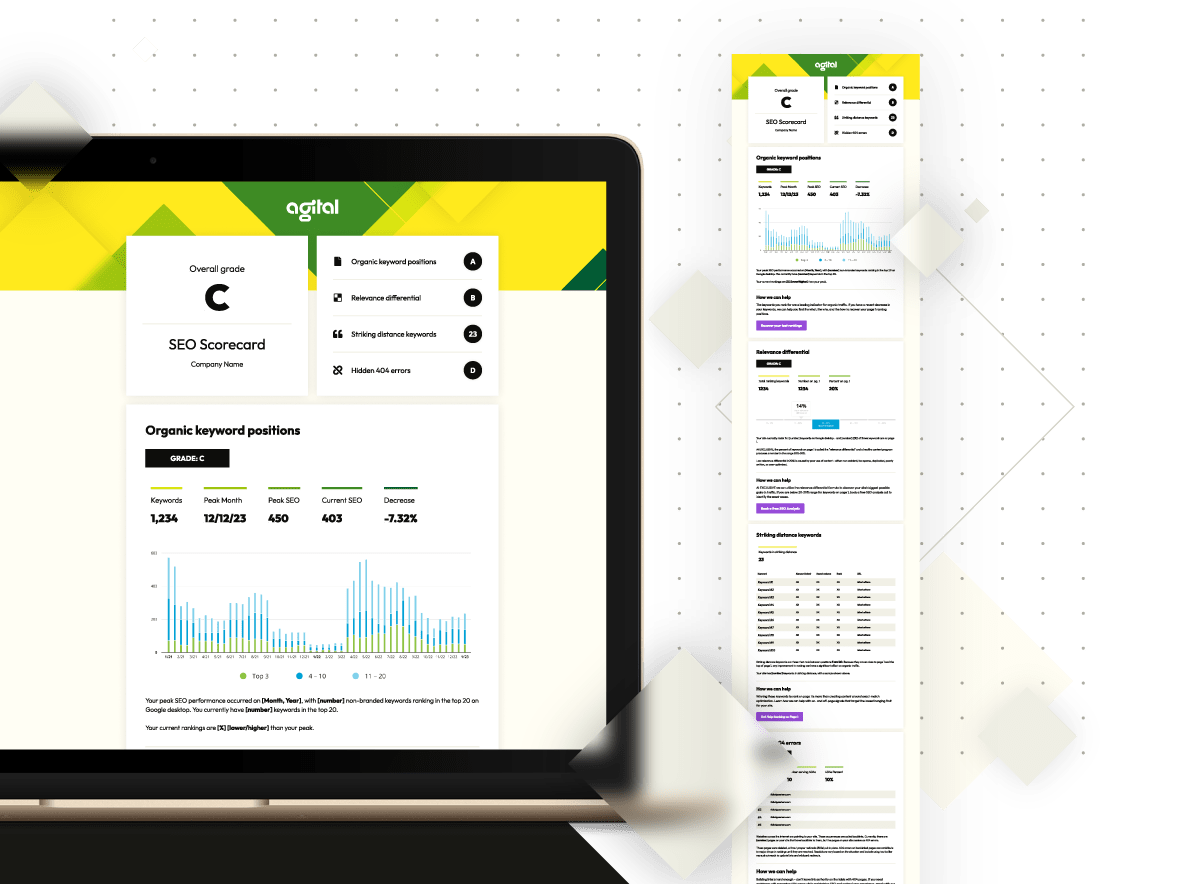
Uncover your site’s potential.
If you don’t know how your site is performing for SEO, you’re missing out on key data that can help you make the right decisions for your media spend as well as give you insight into your audiences’ search behavior. Get your scorecard to see your organic keyword positions, discover striking distance keywords, identify your hidden 404s, and everything in between.
Energize your online network with a strong offsite SEO strategy. Optimizing local SEO through Google Business Profile management, reputation management, and listing your business on essential directories is a must if you’re looking to win online.
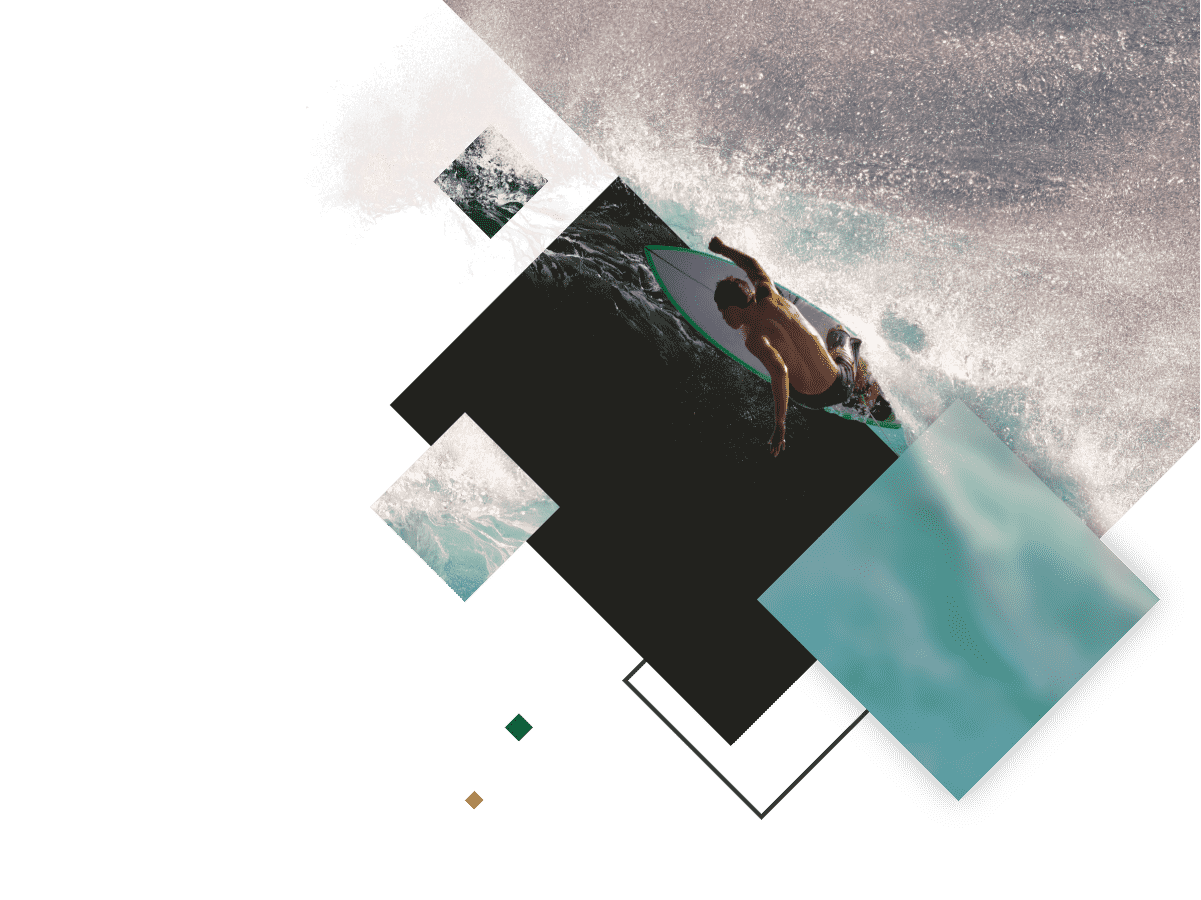

Prove why you’re the best there is. Get on essential online directories, be the top Google Maps listing, and highlight your 5-star reviews to boost both online and offline traffic. Win big with our local SEO and reputation management services.
Our link building services support your other efforts and can substantially improve your organic search rankings. In other words, we get results, and you get to celebrate.

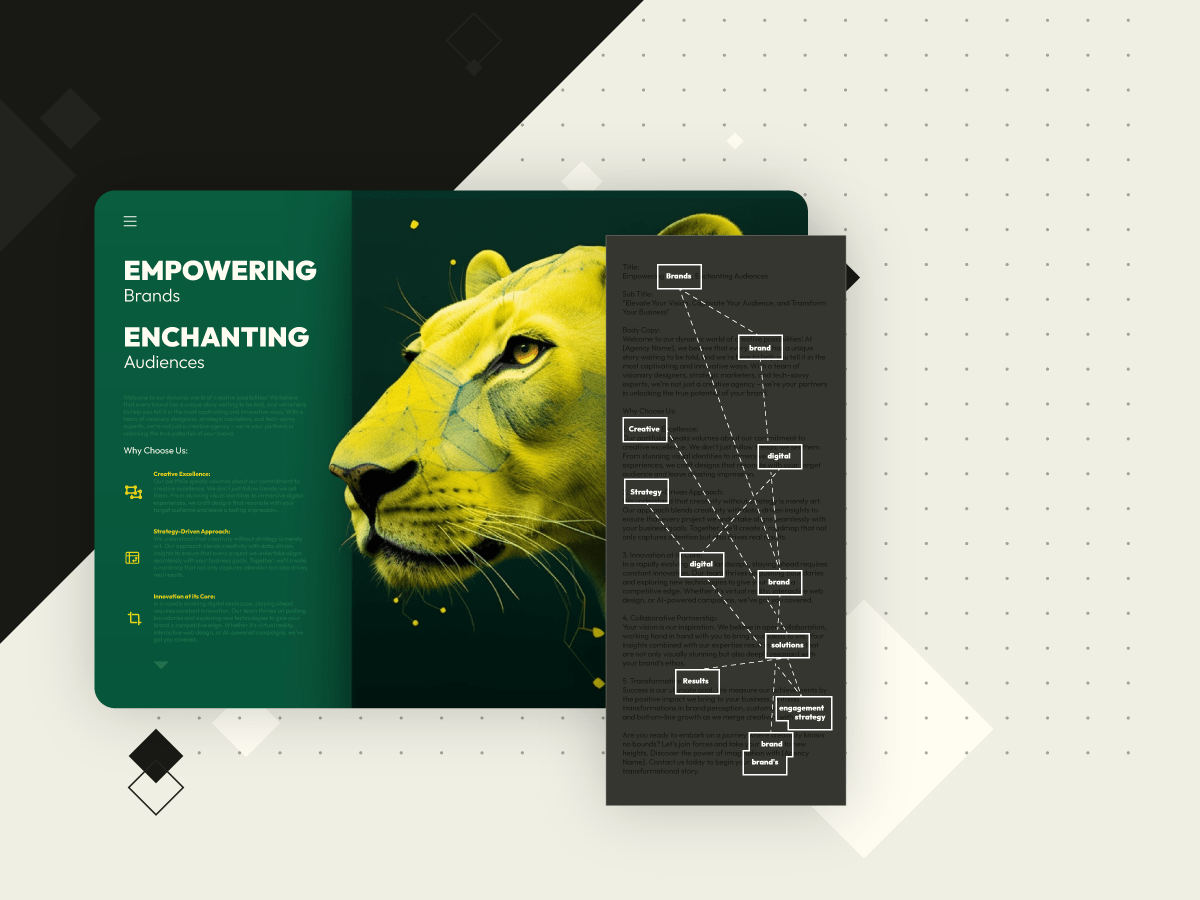
We’ll build you a website that users (and search engines) will obsess over. Technical SEO is about optimizing your site on the back end so it can be crawled and indexed more effectively. It’s not the sexiest part of SEO, but it makes a substantial impact.
The ideal loading speed for a website.
Visitor bounce rate if a website loads in more than 5 seconds.
Number of users who leave after running into a 404 page.
We leave no stone unturned. Our technical SEO audit identifies opportunities to improve your rankings and prioritizes them based on impact.
A website without a strong foundation isn’t worth Google’s time. Achieve faster page speeds, better user experience, and cleaner code to be found by more customers online.
It’s not only your users who enjoy good websites—search engines do too. Achieve fast loading times, accessibility, and error-free crawling to make everyone happy.
Take the spotlight and captivate consumers, no matter what search platform they’re using and what they’re in the market for. Ecommerce SEO aims to make your online store more visible in organic searches. If you don’t rank at the top of the page for your target keywords, you lose countless potential customers. That’s where we come in. We optimize your headlines, product descriptions, metadata, internal link structure, and navigational structure so your ideal audience can easily find you online.
of people start online shopping on Google.
of ecommerce traffic comes from search engines.
of ecommerce orders tie directly to organic traffic.

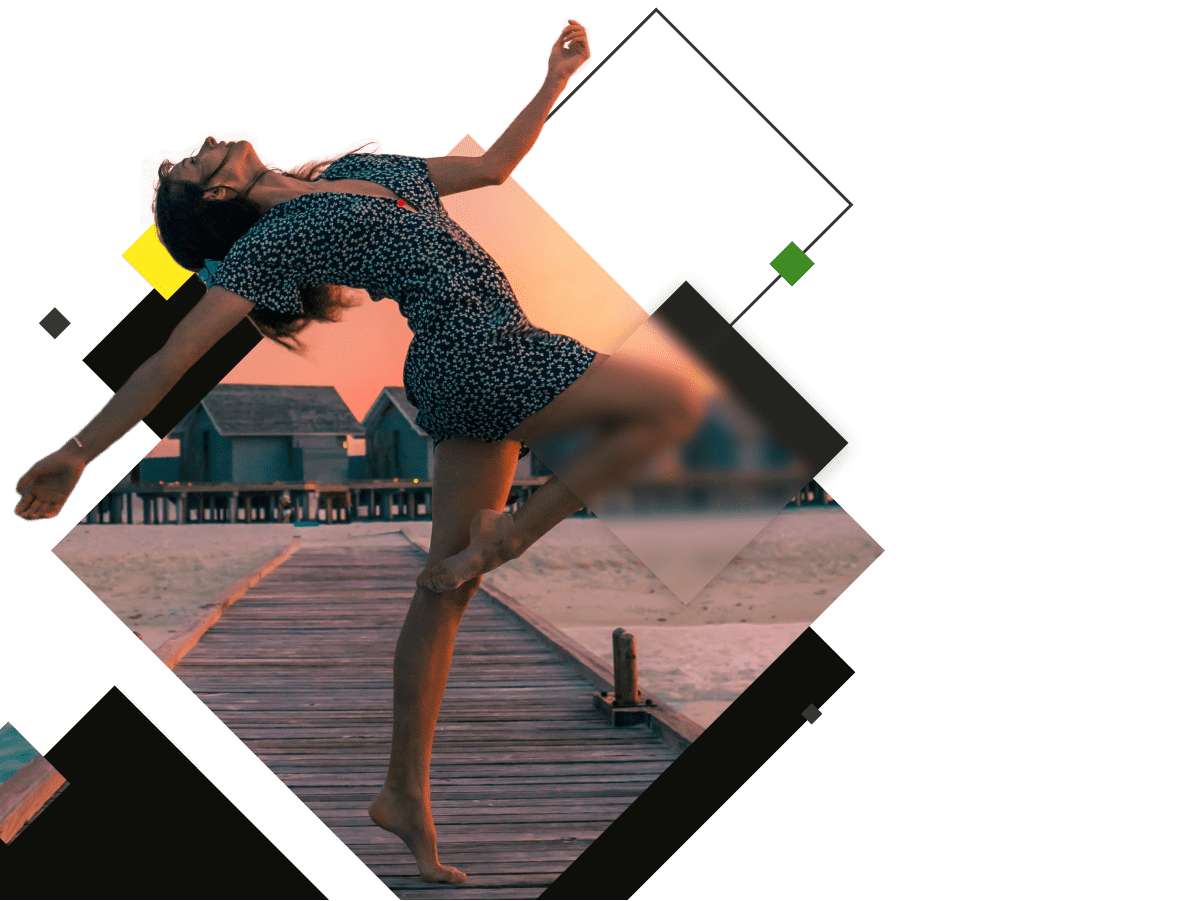
Ecommerce sites face fierce competition, especially from big brands like Amazon. Our teams do more than help you compete; we help you succeed. Our ecommerce-centric SEO strategies help drive down your customer acquisition cost, boost organic traffic, and most importantly, bring in more sales.
Advance your goals with holistic marketing support and strategy.
Explore our FAQs to find the answers to all your burning SEO questions.
Want more information? Reach out today!
We’ve got insights and we like to share them.

We tested the top SEO tactics against Google’s recent algorithm changes. Here’s how to climb Google Search rankings & drive organic traffic.

Join Klaviyo and Agital as we challenge the old approach to measurement and reveal a definitive breed of credible and meaningful KPIs.
